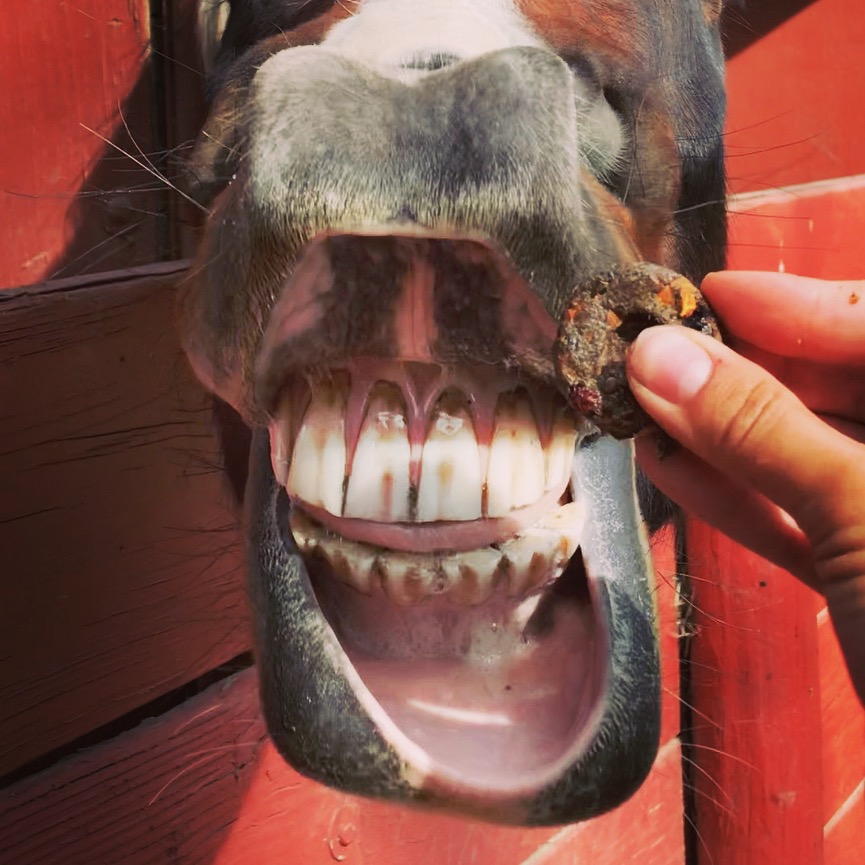Colic: The Essential "To Do's"
- Twenty Four Carrots

- May 6, 2020
- 2 min read
Updated: Jul 9, 2023
You’ve set out the hay and “tucked in” your horse for the night when you notice that he isn’t interested in his food and he’s displaying obvious signs of discomfort. Something is off, and if you suspect it may be a bout of colic your immediate actions may help save your horse’s life. Below are the essential colic "to do’s" to keep in mind if you suspect colic:

1. TO DO: Check your horse’s heart rate and temperature.
Check your horse’s heart rate and temperature. A regular heart rate is 60 to 80 beats per minute. A quick heart rate can be an indication of pain, if your horse’s heart rate is fast and you suspect colic, call the vet. Regular temperature for a horse is between 99-101 degrees fahrenheit.
2. TO DO: Call your veterinarian immediately.
If you sense that something is off, do not wait on calling your vet. Allowing too much time to elapse before a vet can see your horse may result in small problems becoming much larger and potentially irreversible. At the very least, call your vet’s office and report what you are seeing along with your horse's vital signs. The vet may be able to assess the situation over the phone to determine if a farm visit is needed.
3. TO DO: Check for manure
Look around their paddock for manure. Abnormally small amounts or total lack thereof may indicate a problem.
4. TO DO: Watch your horse attentively.
Stay with your horse for as long as it takes for the vet to arrive and follow your vets instructions closely after they examine the horse. When dealing with colic, an episode can go from bad to worse surprisingly fast. Stay near and stay alert.
5. TO DO: Withhold access to food and water.
Allowing your horse to eat or drink if they are experiencing a bout of colic may worsen the problem. Continue to without access to both until your veterinarian advises otherwise.

6. TO DO: Keep your horse in a safe and secure place.
Keeping your horse in a small area while they are experiencing colic may help mitigate injury. It also ensure that when the vet arrives the horse is easily able to be caught so the vet can administer treatment as quickly as possible.
7. TO DO: Walk your horse.
If your veterinarian approves, keep your horse walking to prevent rolling and to encourage gut motility. In mild cases, walking can be the cure to the colic passing without severe intervention from a veterinarian. That being said, do not just walk and hope for the best. Call your veterinarian and have them present to assess the severity of the colic.
The above seven essential "to do's" when a horse is experiencing colic are good to keep in the back of your mind should you ever need to put them into practice and they may just make the difference between a severe bout and a mild bout of colic. For those who have experienced a horse who's gone through colic, what tips, tricks and to-do's have you learned? We'd love to know them!



Comments